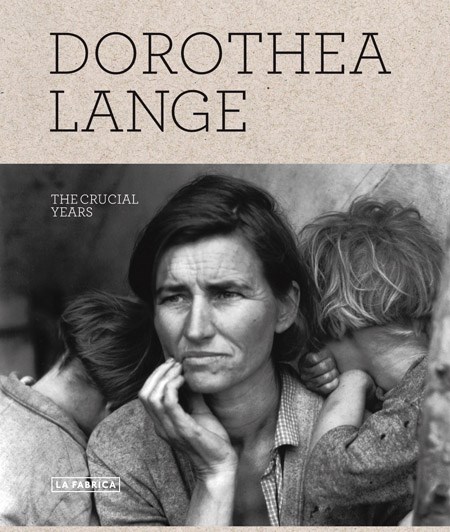June 29 is Camera Day (although no one seems to know why it’s that day specifically). It is an annual commemorative day for photographers and their work, and those who collect vintage cameras.
The first photo was taken in 1825 by French inventor Joseph Niépce and, over the past two centuries, the photographic image revolutionized the way we see our world and ourselves. The early years of photography provide particular fascination for us now, in the selfie age. The following books provide snapshots of those formative years.
Nearly 15 years after Niépce’s photograph, Louis Daguerre took the first picture that did not fade. The daguerreotype, a photograph made on a copper plate treated with silver, became the standard photographic format for the next few decades (1840 to 1870). The Daguerreotype: Nineteenth-Century Technology and Modern Science by M. Susan Barger and William B. White gives a historical account of Daguerre’s scientific discovery and an overview of the resulting implications for photography and science in general. Barger and White’s book also features a great collection of daguerreotypes, includes portraits — early selfies? — and landscapes.
The next format to develop (sorry) after the daguerreotype was the tintype, also made with metal plates but treated with different chemicals. America and the Tintype by Steven Kasher examines the golden era of this process, from about 1860 to 1880. Tintypes were the first format to be used outside of a formal photography studio; photo booths sprung up at fairgrounds and boardwalks everywhere; street photographers captured candid moments of people’s daily lives. As Kasher writes, the tintype became the first truly democratic form of photography. America and the Tintype also includes a gallery of tintypes featuring portraits of 19th century people from all walks of life. By the 1880s, photographs on metal and glass plates were replaced by the much cheaper, faster and easier celluloid roll film and paper print process, thanks to innovations by entrepreneur George Eastman.
Moving pictures were pioneered by photographer Eadweard Muybridge in the 1870s. His race horse sequence has become one of the most iconic inventions in the history of science. Art history publisher Phaidon’s pocket-sized book on Muybridge features both his single still photographs as well as his moving sequences.
By the early 20th century, photographic technology allowed some photographers to make art. Ansel Adams pioneered wilderness photography and Ansel Adams: 400 Photographs features his best known pictures (of the Grand Canyon and Yellowstone and Yosemite National Parks) alongside many lesser known images. This overview runs chronologically from 1916, featuring pages from Adams’ childhood album to 1968, with some of his most accomplished work.
Photography also became a journalistic tool during this period with portable cameras, more sophisticated lenses and faster shutter speeds. Photojournalists documented major world events as they unfolded. Dorothea Lange: The Crucial Years focuses on Lange’s stark images of people suffering during the Great Depression and the Dust Bowl in Oklahoma. Lange also documented the internment of Japanese-American during the Second World War. To this day, all of Lange’s work serves as a reminder of historical events and suffering, and a warning about the future.
In 1955, photographer Robert Frank went on the road, as Jack Kerouac had done, only with a camera and captured post-war America during an affluent but highly anxious time. The Americans captures the decade of simmering racial tensions, senator Joseph McCarthy’s communist witch hunts and the arms race at the ground level where the ordinary people live, breathe and try to co-exist.
Featured are weddings, funerals, parades and a host of candid moments across all races and classes. There is much in The Americans still, over 60 years later.
Check these and others out from your local library today.
A Good Read is a column by Tri-City librarians that is published on Wednesdays. Vanessa Colantonio works at Coquitlam Public Library.



